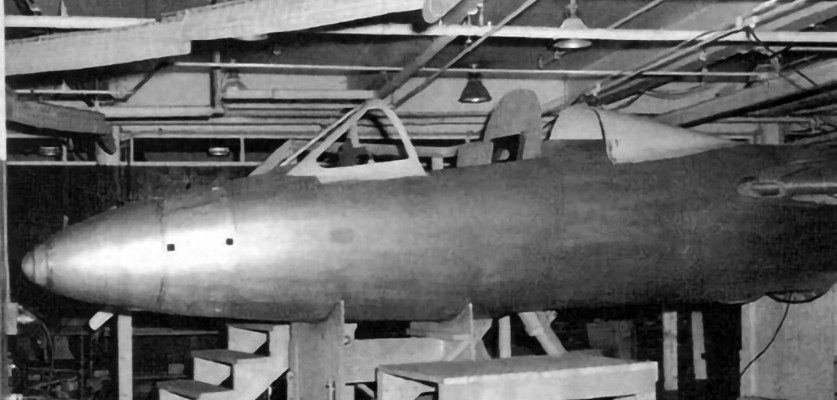The X-16 was the most blatant misuse of the X-vehicle designation system — it was simply an attempt to hide what would today be called a spy plane.
The X-16 was designed to be a high-altitude long-range reconnaissance aircraft. A total of 28 aircraft were ordered, but none would be completed before the Lockheed U-2 successfully demonstrated its ability to perform the spy mission.
The first aircraft was reportedly over 80 percent complete when the program was cancelled. The X-16 was a designer’s nightmare — the wing was an extremely long-span high-aspect ratio unit that was significantly lighter and more flexible than any in existence at the time. In fact, the entire airframe was extremely flexible — a result of the need to make the aircraft as light as possible to allow it to achieve its 70,000-foot mission altitude. A 3,000 mile unrefueled range was predicted for the production aircraft.
Although never built, the X-16 pioneered several notable advances in lightweight structure design, and also was the driving force behind the development of high-altitude versions of the J57 jet engine that would go on to power the U-2 and other aircraft.












